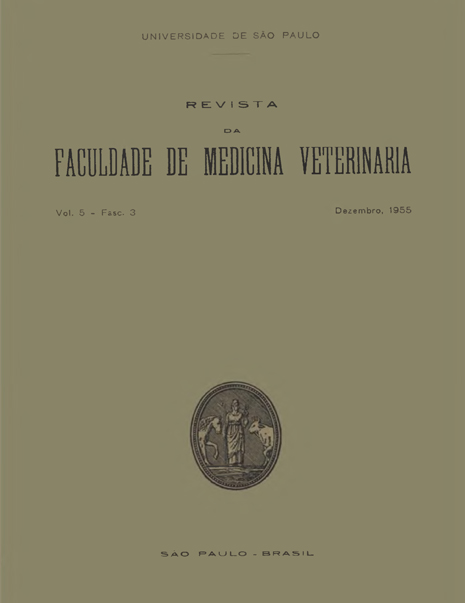Vitamin A and carotene content of market butter consumed in S. Paulo
DOI:
https://doi.org/10.11606/issn.2318-5066.v5i3p551-561Keywords:
The article has no keywords.Abstract
The main scope of this work was that of the determination of the carotene and vitamin A of the butter produced and consumed in the State of S. Paulo (Brazil). In spite of having at hand samples from the majority of the producing areas, we could not obtain samples from all sources at regular intervals during the whole period of study. From some producing areas the samples were in a very limited number. Thus, the statistical analysis of the results became unpracticable and, consequently, from these results we cannot get the necessary statistical inference. The A.A. analysed 189 samples of the butter produced mostly in the State of S. Paulo in the period of June, 1954 to May, 1955 and consumed in the Capital of S. Paulo. The extraction was done according to the method suggested by McDowell and the colorimetric determination using the Carr-Price reagent. The optical density was measured in a Coleman Junior Spectrophotometer, model 6-A, at 620 milimicra for the vitamin A and at 440 milimicra for the carotene determination. Aiming to make the discount of the color developed due to the xantophyles, the A.A. analysed 20% of the samples through the Berl-Peterson method, in which some modifications were introduced. The results showed that an average of 14% of the color was due to the xantophyles and, because of this and in this basis, a correction of the carotene values was done. Under the conditions the work was run, the A.A. were led to conclude:
1) The annual average of the analyses of the 189 samples of the butter consumed in the Capital of S. Paulo and produced mostly in the State of S. Paulo, in the period of June, 1954 to May, 1955, was of 6.2 carotene microgrammes, 28.7 U.I. of vitamin A and 39.1 U.I. of total vitamin A potency per gramme of butter fat.
2) The carotene maximum value was observed in February (11 microgrammes) and the minimum in October (3.1 microgrammes). The vitamin A maximum content was registered in October (40.2 U.I.) and the minimum in December (20.0 U.I.). The total vitamin A maximum content was seen in October (45.9 U.I.) and the minimum in March (34.4 U.I.).
3) The total vitamin A potency is higher in the winter and lower in the summer.
4) The maximum values registered for total vitamin A potency coincided with the minimum rainfall in the studied areas, not counting October value.


